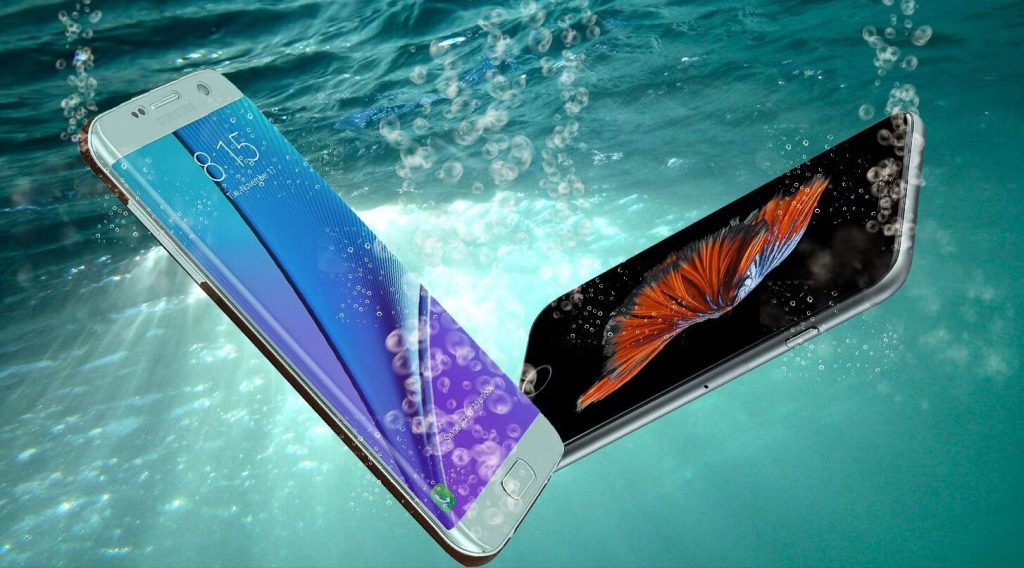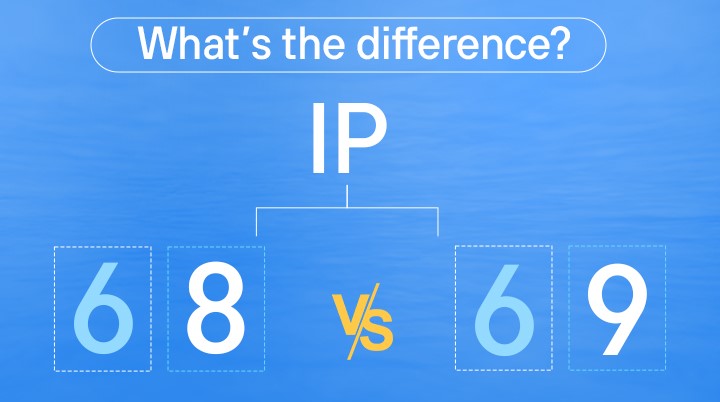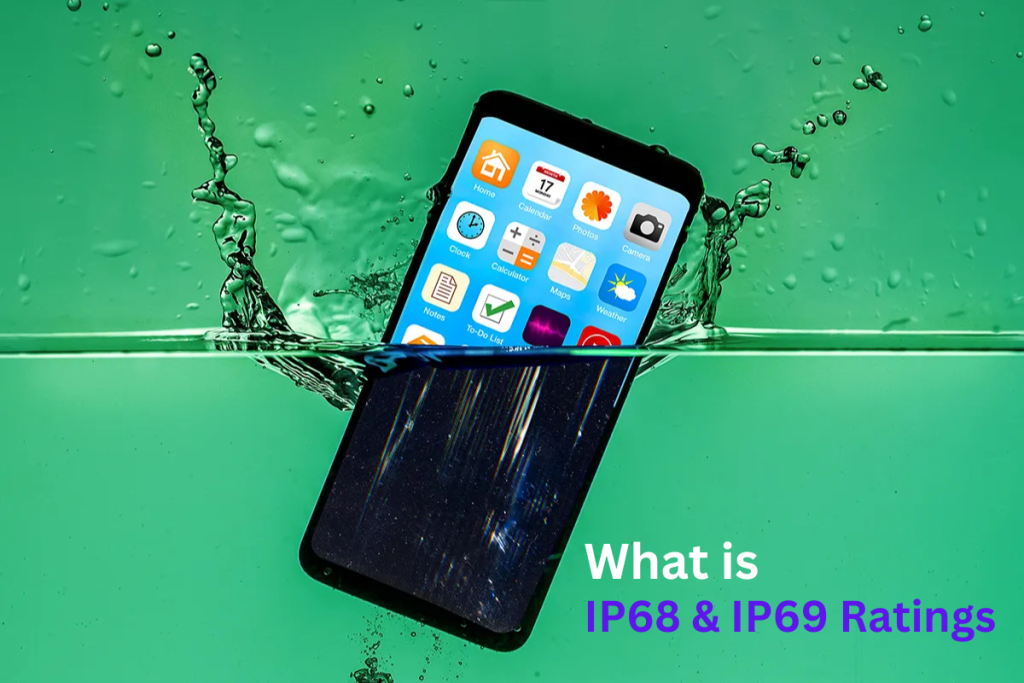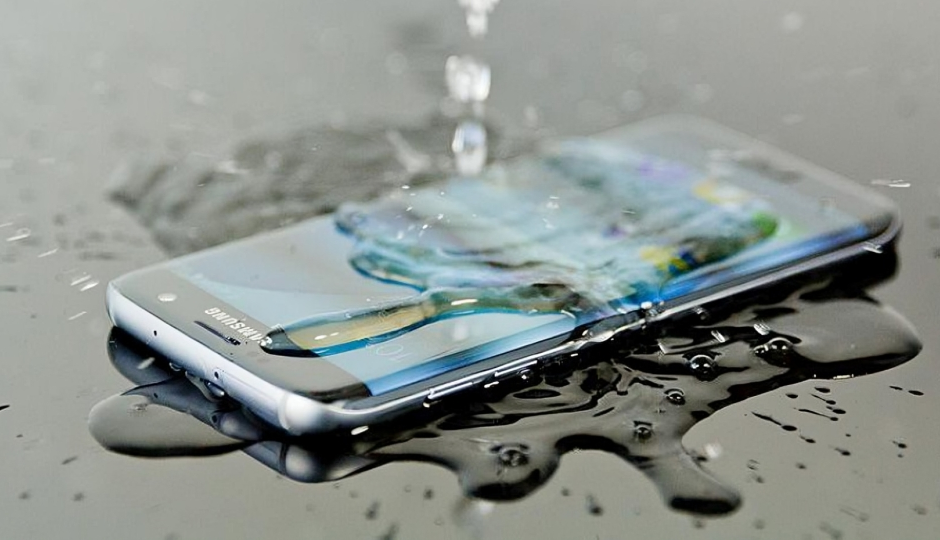The selection of a smartphone requires complete knowledge of IP68 and IP69 rating specifications. These standards measure different levels of dust and water protection although they operate under different frameworks. A device rated IP68 stands protected from dust and protects against water immersion which lasts for thirty minutes when submerged at 1.5 meters depth.
The highest protection level exists with IP69 since it can resist high-pressure water jets that hit from every angle. IP69-rated phones stand out since they deliver optimal protection for industrial applications along with harsh conditions. Your understanding of smartphone water and dust resistance ratings enables you to select the most suitable device for your requirements.
The selection of a smartphone requires complete knowledge of IP68 and IP69 rating specifications. These standards measure different levels of dust and water protection although they operate under different frameworks. A device rated IP68 stands protected from dust and protects against water immersion which lasts for thirty minutes when submerged at 1.5 meters depth.
The highest protection level exists with IP69 since it can resist high-pressure water jets that hit from every angle. IP69-rated phones stand out since they deliver optimal protection for industrial applications along with harsh conditions. Your understanding of smartphone water and dust resistance ratings enables you to select the most suitable device for your requirements.
What is IP68 & IP69 Ratings for Smartphones

Smartphone dust and water resistance ratings are determined by the Ingress Protection measures IP68 and IP69. The “IP” stands for Ingress Protection.
The first digit of IP68 “6” guarantees the phone has a completely dust-tight design. The “8” digital rating in IP68 shows that the device can survive underwater submersion at depths of 1.5 meters for a thirty-minute period. The IP68-rated phones function perfectly under outdoor conditions and during unintentional water encounters.
A smartphone with IP69 rating demonstrates complete dust resistance as designated by the first “6.” The second digit “9” indicates the phone has resistance to high-pressure water jets coming from every direction. Such a rating is primarily used to protect smartphones which operate in challenging industrial environments.
The protection levels of IP69 exceed those of IP68 ratings although IP69 provides superior water resistance suitable for challenging environments.
IP68 vs IP69: What’s the Difference?

Smartphone devices receive their water and dust resistance certifications through IP68 and IP69 Ingress Protection ratings. Both types of ratings deliver excellent protection although their specifications differ in essential ways.
IP68 Rating:
The “IP” stands for Ingress Protection. A “6” in the first place represents absolute dust-tightness of the phone. A water submersion of up to 1.5 meters deep for 30 minutes will not cause any harm to a device with an “8” IP rating. An IP68 rating provides smartphones with full dust protection and makes them suitable for both rain exposure and accidental liquid contact. The iPhone 14 Pro Max along with the Samsung Galaxy S22 Ultra represent two of the most popular devices that hold an IP68 rating.
IP69 Rating:
Relative to the IP rating system the first digit “6” represents total dust protection. The combination of “9” in the rating indicates that the phone remains operational when exposed to high-pressure water jets from all directions. The rating IP69 provides enhanced water protection for smartphones that work in industrial and harsh conditions. Two smartphones that demonstrate IP69 water resistance are Vivo X200 alongside OPPO Find X8. These devices surpass all other models due to their superior water protection levels.
IP69 provides better water resistance than IP68 rating standards. The resistance levels between IP68 phones and IP69 phones differ because IP69 phones can survive direct high-pressure water jets that IP68 phones cannot. The high pressure water resistance capability of IP69 phones enables them to endure extreme environments.
Benefits of IP68 and IP69 Ratings for Smartphones

Here some benefits of IP68 and IP69 Ratings for smartphones:
Complete Dust Protection:
The IP68 and IP69 ratings provide full protection against dust by making smartphones completely sealed against any kind of dust entry. The protective features of these ratings allow devices to function properly in sandy or dusty environments where particles would normally enter the device.
Water Resistance:
A smartphone rated IP68 enables complete submersion in water depths up to 1.5 meters for half an hour. The ratings guard smartphones against unplanned water contact as well as liquid spills and light rain exposure. The high-end IP69 rating enables phones to survive direct exposure to high-pressure water jets coming from all directions thus making them suitable for industrial settings and harsh conditions.
Enhanced Durability:
The ratings strengthen smartphones so they become more durable and reliable for different difficult situations.
Outdoor Use:
Outdoor enthusiasts should choose IP68 and IP69 smartphones because these devices offer protection for water activities and outdoor recreational activities. The ratings deliver assurance that phone protection exists.
Professional Use:
The IP69-rated protection makes phones ideal for workers in construction and automotive and food processing fields since their equipment faces exposure to water and dust.
No Extra Protection Needed:
Users who purchase rated devices do not need to use extra protective accessories because these ratings provide complete protection.
The IP68 and IP69 ratings improve smartphone usability and durability when used in diverse conditions.
Maintaining IP68 and IP69 Protection on Your Smartphone

Here’s how to put IP68 and IP69 protection on your smartphone:
Know How to Handle: Dropping your phone or exposing it to impact can weaken seals and gaskets that keep dust and water out.
Clean with your phone: Wipe it down at regular intervals to remove dirt and debris. Be careful to use a soft lint-free cloth to avoid scratching it.
After the repair is done, check the seals: In the event of a phone repair, ensure that any seals or gaskets are present and aligned.
Changes should be monitored: Your phone’s performance should be carefully evaluated and monitored after any exposure to dust or moisture.
If you notice any abnormalities, consult an expert. Your automation smartphone is guaranteed to be functional in open environments so long as these steps are followed and the rides remain on IP68 or IP69.
Final Word
Users should determine their requirements to decide between IP68 or IP69-rated smartphones. IP68 protects smartphones against dust and water damage sufficiently for regular daily and outdoor usage. IP69 delivers better protection than IP68 because it suits industrial use in demanding environments. The two ratings establish product durability together with reliability standards. Your selection of the perfect smartphone depends on how you will use it and your financial resources and individual needs. The knowledge of different water and dust protection levels will empower your purchasing choice.
Source: Click Here










